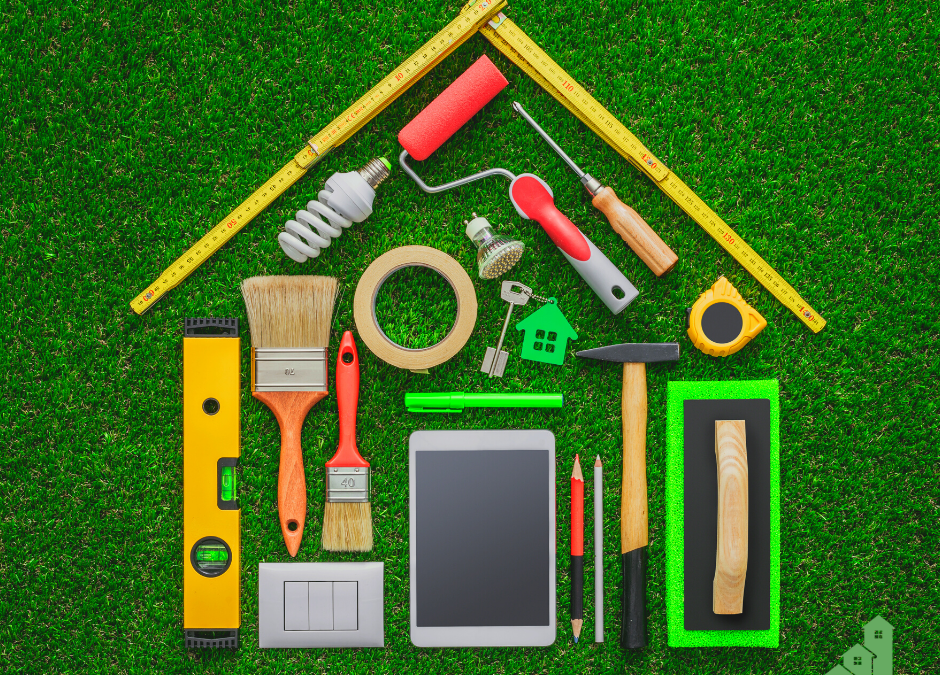We often hear that millennials in the GTA are looking for creative ways to purchase their first home. A viable option is buying a more affordable house and increasing the equity through renovations. If you want to know if this is the best option for you, then read on! Know Your Numbers For some, the prospect of finding a quality home, in a nice neighbourhood that could resell at twice the purchase price, is just irresistible. In order to achieve this outcome, you MUST know your numbers. Firstly, you must have knowledge of the market. Reviewing monthly trends and property values within the neighbourhood are key to snagging the perfect fixer-upper. To understand the cost of this project, add up all renovation quotes based on a thorough assessment of the condition of the house. Cover all your bases, including labour, materials and other applicable fees like shipping. Once you’ve added that up calculates a 15 to 20 percent variance, renovation estimates are usually lower than the final cost. Then, you can subtract your renovation costs from the home’s potential market value after renovation. From there you should deduct a 5 to 10 percent variance for any extra renovation or unforeseen mishaps and even inflation. The balance remaining should give you a ballpark of an offer. Pick Projects That Pay Ideal fixer-uppers are those that require cosmetic improvements for the most part, like drywall repairs, floor refinishing, new windows and new paint. These are ideal because they generally cost less than what they return in market value. It is important to note also that kitchen and bathrooms are often the most lucrative repairs. Structural changes and major repairs are advisable if you intend to stay in the home for at least five years, with the exception of adding a bathroom and finishing the basement. Repairs like removing interior walls or piping and electrical networks are important, but often cost the same or more than their return. If there are structural repairs that have you unsure about a property, consider combining structural and cosmetic improvements. Get a quote to add a skylight where the roof needs to be replaced, there are ways to add value that you may not be thinking of! Keep your options open, but do not over-improve. Always remember that renovation investments will typically raise the value of your new home by 10 to 15 percent. Living in the GTA where housing costs have run up significantly, buying a fixer-upper may even seem too expensive, and out of your reach. Again, keep your options open and consider branching out to affordably priced neighbourhoods like Bowmanville, Peterborough, Kawartha Lakes and Niagara. When to Borrow You can use credit cards for smaller projects, but interest rates are high and they aren’t tax-deductible. Some borrow from their own cash reserves like an RRSP or their investment portfolio. While this may work for some, we believe our clients will benefit more by utilizing a home renovation loan. It is by far the most popular funding choice for a fixer-upper is a renovation loan, whether you employ a home equity line of credit (HELOC) or mortgage refinancing. Home equity lines can generally be borrowed against 90 percent of the equity that the homeowner will have in the house after the repairs and remodelling are completed. For first-time homebuyers, it is even more favourable to negotiate your renovation loan into your first mortgage. Imagine this: You buy a $350,000 fixer-upper with a down payment of $17,500, and at least $8,000 for closing costs. In order for your downpayment to be this low, you will need mortgage default insurance. In this scenario, your mortgage insurance will be 4% of the asking price, which may cost you $13,300. Your home will be worth $575,000 post-renovations leaving you with $225,000 in added equity. Note: This default insurance percentage varies depending on your down payment percentage and amortization period. One of the most challenging aspects of buying a fixer-upper is paying for the renovation. Understandably, most people don’t have much extra cash after making the down payment and paying closing costs, so coming up with additional money to cover repairs or remodelling can be difficult.  If you found a property that you are ready to upscale, keep your eye out for the top 10 most expensive home repairs: 1. Foundation Repair 2. Roof Repair 3. Water Heater Repair or Replacement 4. Termite Damage 5. Water Damage 6. Pipe Repair or Replacement 7. Heating/AC Repair 8. Mold Removal 9. Electrical Repair 10. Septic System Repair Matrix Mortgage Global improvement mortgage is available exclusively for our clients who are looking to rehabilitate any of their real estate investment projects. It enables our borrowers the ability to undertake small to large-scale improvements to an existing property, thus improving your property’s value. Apply Today! |
1 (844) 416-WISE
info@wiseequity.ca

